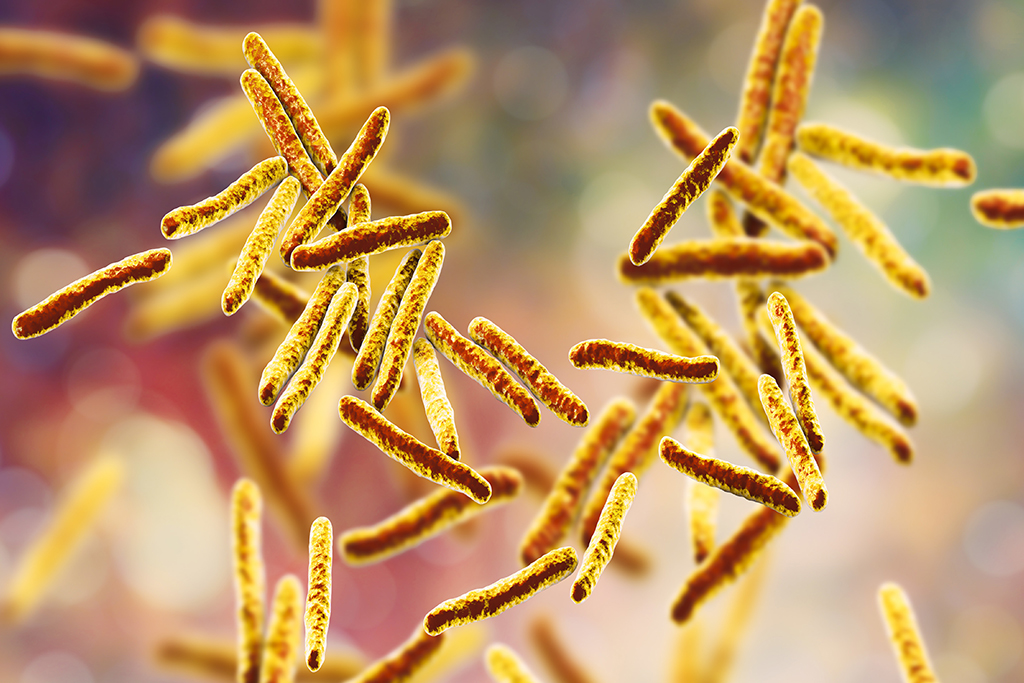Bacterial perseverance contributes to antibiotic resistance
SciLifeLab researcher Johan Elf lead a study on bacterial perseverance, a new phenomenon that explains how bacteria develop resistance to antibiotics. Together with Gerrit Brandis and Jimmy Larsson, he studied how individual bacteria react when exposed to different antibiotics; the results showcase the importance of following prescriptions.
When treating different bacteria, you use a concentration of antibiotics that kill most bacteria or stop them from growing. The patient will often see an immediate improvement shortly after initiating the antibacterial treatment. But the study on bacterial perseverance has shown that a fraction of the bacteria often continues to grow, sometimes up to ten generations.
However, these bacteria are not resistant, but they can continue to divide despite the high concentration of antibiotics due to non-genetic variations between bacteria. Each generation gives the bacterium a chance to mutate in a way that makes the strain resistant. But this is rare; if you continue to follow your prescriptions, you can clear the infection.
Johan Elf’s lab specializes in studies of individual bacteria and how they react to different stimuli, for example antibiotics. With the help of microfluidic culture chips and AI-based analysis algorithms, they follow the growth of tens of thousands of individual bacteria in one experiment.
“It’s a powerful tool. Among other things, it shows the importance of not generalizing, even when it comes to bacteria”, says Johan.





